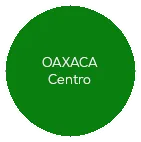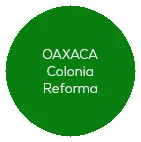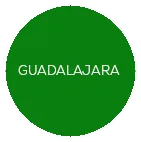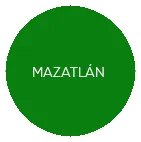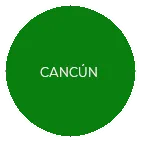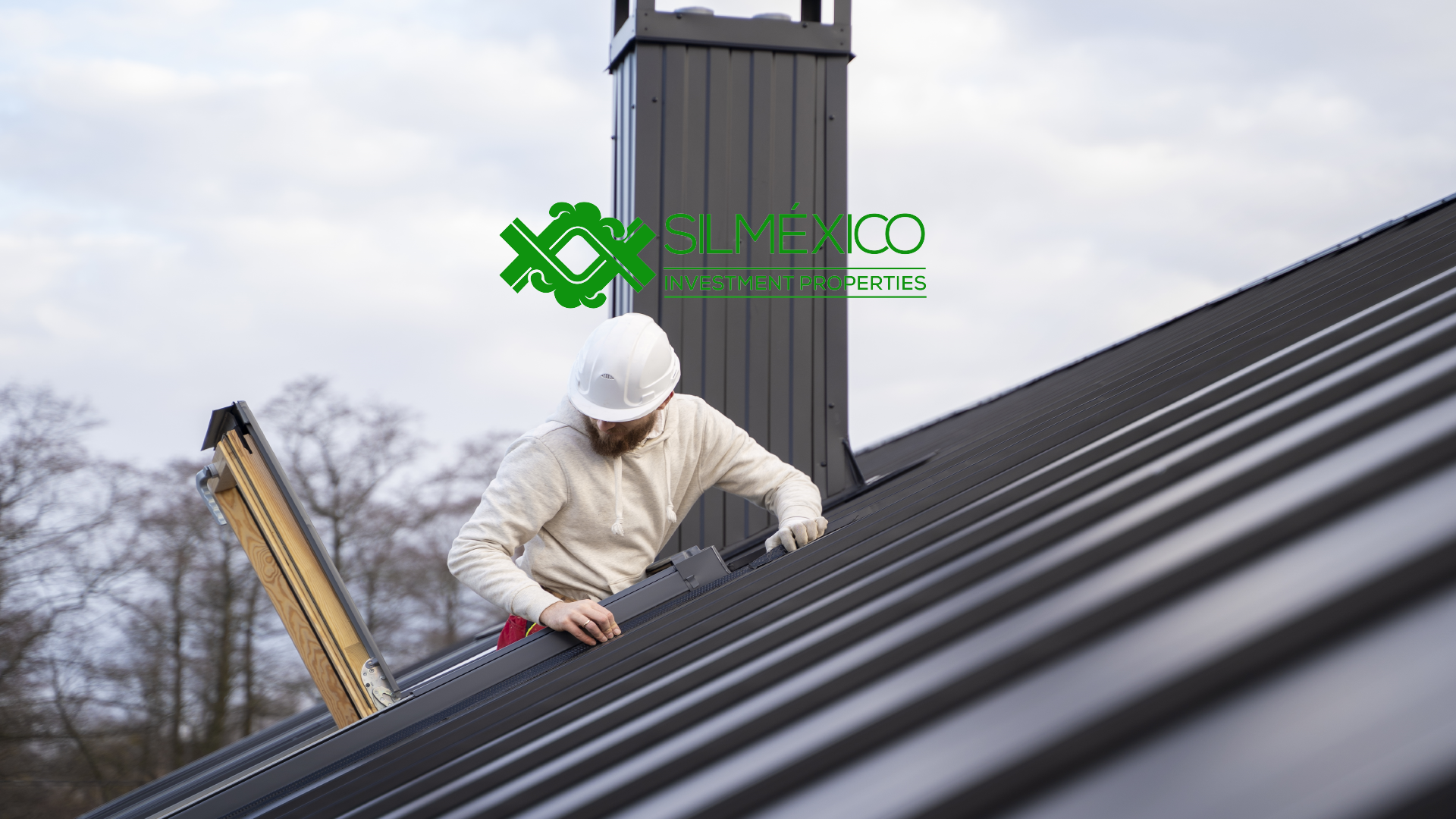
Wednesday, October 11, 2023, By Jessica Hernández, Sales Assistant en SILMÉXICO
Origin of the term and its meaning
The term Passivhaus refers to those houses or buildings with low energy consumption, i.e., they are constructions that do not need to consume high amounts of energy to guarantee the comfort of their interior.
It is based on building constructions with high thermal insulation, strict infiltration control, and maximum indoor air quality, as well as taking advantage of the sun’s energy for better air conditioning, reducing energy consumption by 70% (compared to conventional constructions).
Passivhaus originated in 1988 in a discussion between two professors from Lund University in Sweden and the Institut für Wohnen und Umwelt (Institute for Housing and the Environment). The project was developed as part of a research project of the Ministry of the Environment in Germany, where the two professors analyzed how buildings could be designed and constructed in a more sustainable and energy-efficient way.
The first passive building was built in 1990 in Germany, which was a private housing complex, was inhabited by families, and thus proved that the system devised by the professors was fully functional even in this country with one of the harshest winter climates.
Professor Wolfgang Feist, one of the co-authors of the term, was the founder of the Passivhaus Institut, which today is an independent non-profit organization that certifies the energy performance of buildings.
Since its creation until now, the institute has created a series of standards and protocols that guide developers and builders to achieve the best levels of energy efficiency in their works.

Passivhaus certification
The Passivhaus standard requires a building to be able to maintain an internal temperature range of between 19ºC and 24ºC throughout the year without using any active heating or cooling system.
Certification requirements include:
- Minimum insulation values for walls, ceilings, and floors.
- Air tightness requirements.
- Low air infiltration rates.
- High thermal mass values.
How do the Passivhaus buildings work?
The design criteria on which the buildings with this certification are based are oriented to the use of energy and natural light during the winter and to the minimum solar incidence during the summer. Therefore, thanks to their insulating design, they produce excellent thermal conditioning that conserves all the heat consumed in winter and dissipates it in summer.

Advantages
Among its advantages are the following:
- Savings on bills due to its low energy consumption.
- Reduction of carbon emissions.
- Healthy for users and the planet, since they can filter pollutants that cause diseases such as asthma or lung cancer.
- They can be built anywhere in the world with proper insulation and ventilation.
- Due to their design and materials, they are more durable than conventional buildings, as they do not require much maintenance.
- They are comfortable to live in, as they are neither too cold nor too hot, and will always remain at the ideal temperature for humans and pets.
Since its origin in the 1990s in Germany, the Passivhaus standard has experienced significant growth worldwide. Today, it is estimated that there are more than 70,000 Passivhaus buildings in the world, distributed in more than 40 countries.

